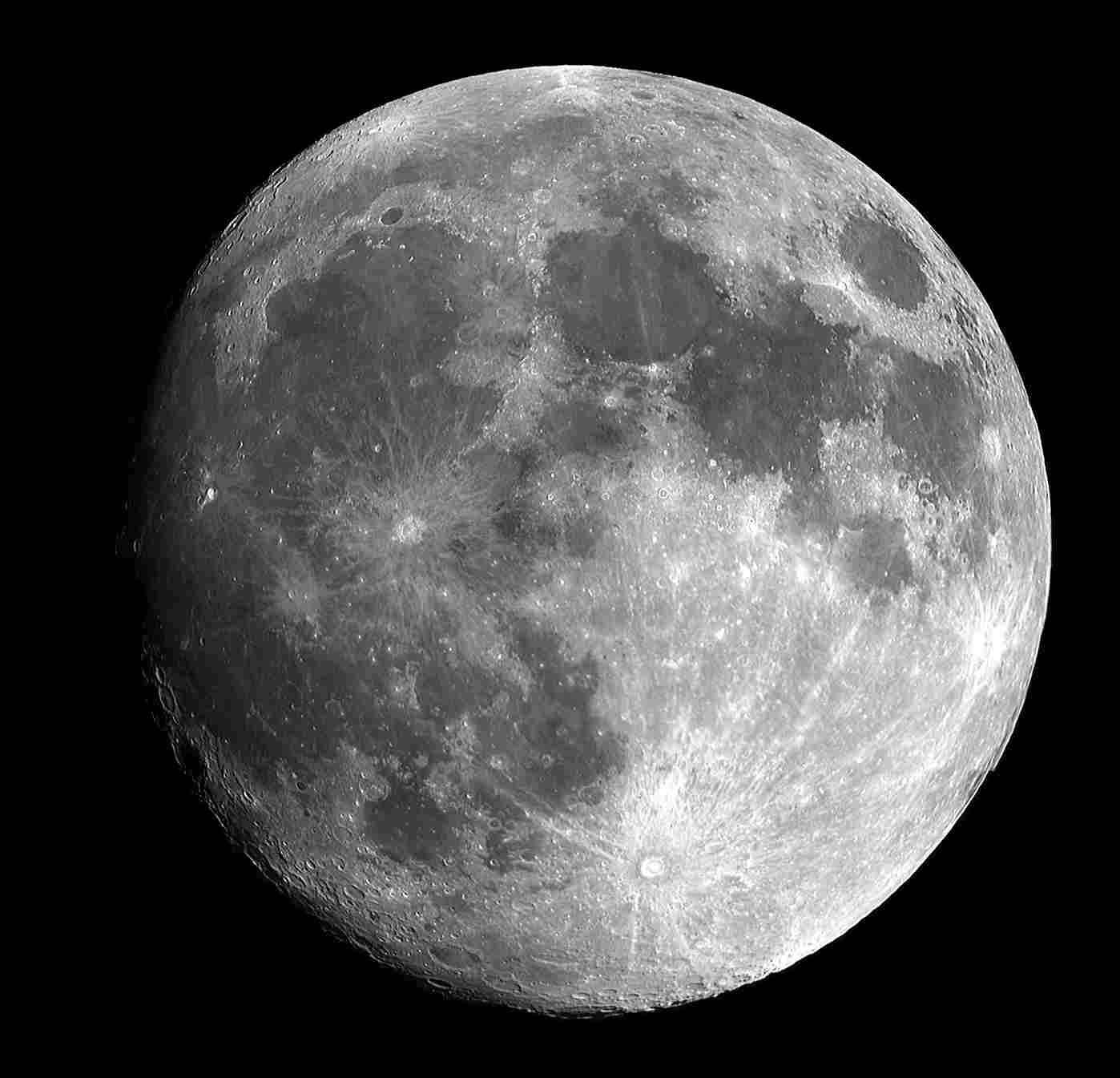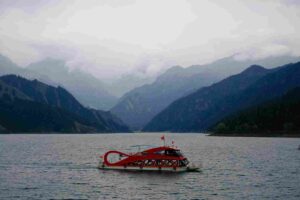
Pingtan Island’s “Blue Tears”—a mesmerizing natural phenomenon where bioluminescent plankton lights up the ocean—has become a bucket-list experience for travelers. However, rising tourism threatens this fragile spectacle. This guide reveals how to witness the glow ethically, ensuring future generations can enjoy it too.
What Are the Blue Tears?
The phenomenon is caused by Noctiluca scintillans, a dinoflagellate that emits blue light when disturbed by waves or movement 35. Peak visibility occurs between April and June, with the brightest displays on moonless nights 8.
How to Experience Blue Tears Responsibly
1. Choose Eco-Friendly Tours
- Avoid motorboats (fuel pollution harms plankton)
- Book electric or paddle tours (e.g., Pingtan Marine Research Center’s silent boats)
- Verify guides (look for Pingtan Tourism Bureau certification) 3
2. Minimize Light & Chemical Pollution
- No flashlights or phone lights (use red-light headlamps, which don’t disrupt plankton)
- Skip sunscreen (oxybenzone kills marine life; wear long sleeves instead) 5
- Stay on designated paths (trampling tidal pools destroys habitats)
3. Respect the Ecosystem
- Don’t splash excessively (overstimulation depletes plankton’s energy)
- Never collect water samples (disrupts the natural balance)
- Leave no trash (even biodegradable waste harms the food chain)

Caption: The glow is brightest in undisturbed waters. (Credit: Ecns.cn) 8
FAQs

1. When is the best time to see Blue Tears?
April to June, especially on dark, moonless nights between 10 PM–2 AM 38.
2. Are Blue Tears harmful to humans?
No, but avoid swallowing water—some dinoflagellates can cause mild irritation 5.
3. Can I swim in Blue Tears?
Not recommended. Human oils and movements disrupt plankton. Opt for kayaking instead 5.
4. Why are the Blue Tears disappearing?
Over-tourism, pollution, and habitat destruction threaten the plankton. Some areas now restrict access 7.
5. How can I photograph Blue Tears without harming them?
- Use long exposure (no flash)
- Stay on shore (avoid entering the water)
- Silent mode only (no artificial light)
Local Insight
“Tourists think louder splashes make brighter lights, but the plankton needs calm. The most magical nights are the quietest.”
— Lin Wei, Pingtan marine biologist 7
Takeaway
By following these steps, you help preserve the Blue Tears while enjoying their magic. Share these tips—let’s keep Pingtan glowing for years to come!
Want to support conservation? Donate to Pingtan Marine Research Center for plankton protection programs.



